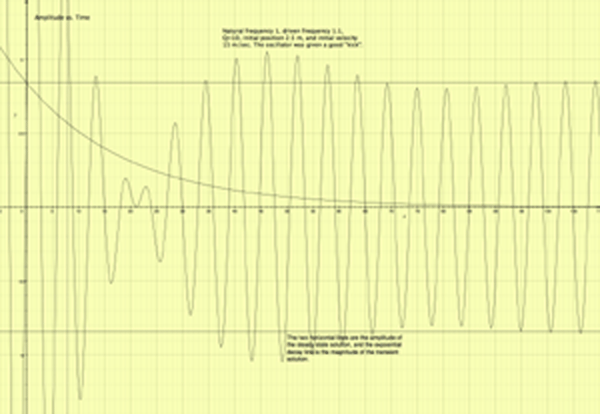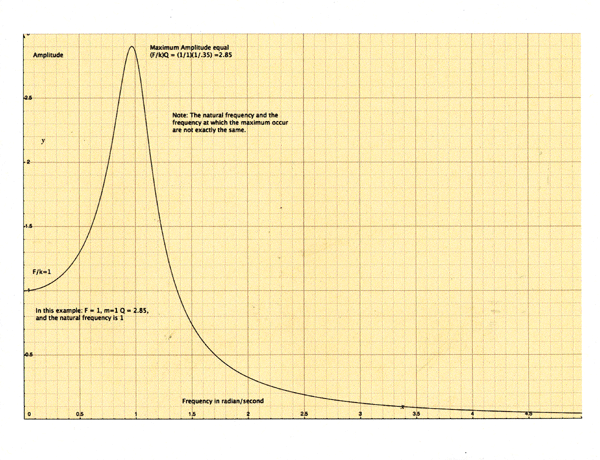Harmonic Oscillators


| Home | Oscillators | Downloads | Pictures | Amplifiers | Intermediate Lab
Because the simple harmonic oscillator is applicable to so many physical phenomenon it is a problem well worth understanding in depth. The theory that underlies the simple oscillator is fundamental to virtually every branch of physics and forms the basis of countless models used to describe physical phenomenon including such things as theory of heat capacity, atomic transitions, and circuit theory to name a few. It enables one to understand such diverse phenomenon as the heat capacity of solids to the mechanism of arrhythmia as it relates to the circulatory system. An in depth elementary explanation of harmonic motion is found in the link below, which may be used for personal use without permission, however duplication without permission or commercial uses are forbidden.
In writing this material an effort has been made to adopt a consistent approach that is understandable requiring no more than an undergraduate grounding in mathematics and physics. In order to get the maximum benefit from the notes that follow it is assumed the reader has a grounding in calculus and elementary differential equation theory as well as an introductory course in physics. I have read these same words many times and in most instances been profoundly disappointed and thus your feedback is requested to make the material more accessible to the average reader.
Click here for Critically Damped Oscillator Paper
Click here for Laplace Transform Solution
Click here for Pendulum Driver Analysis
The Youtube video is of a pendulum being driven near its resonant frequency. The system is exhibiting a phenomenon known as beating that manifests as modulation of the pendulum's amplitude.
